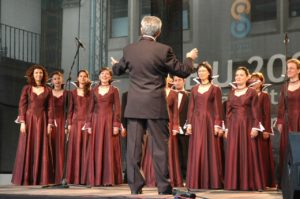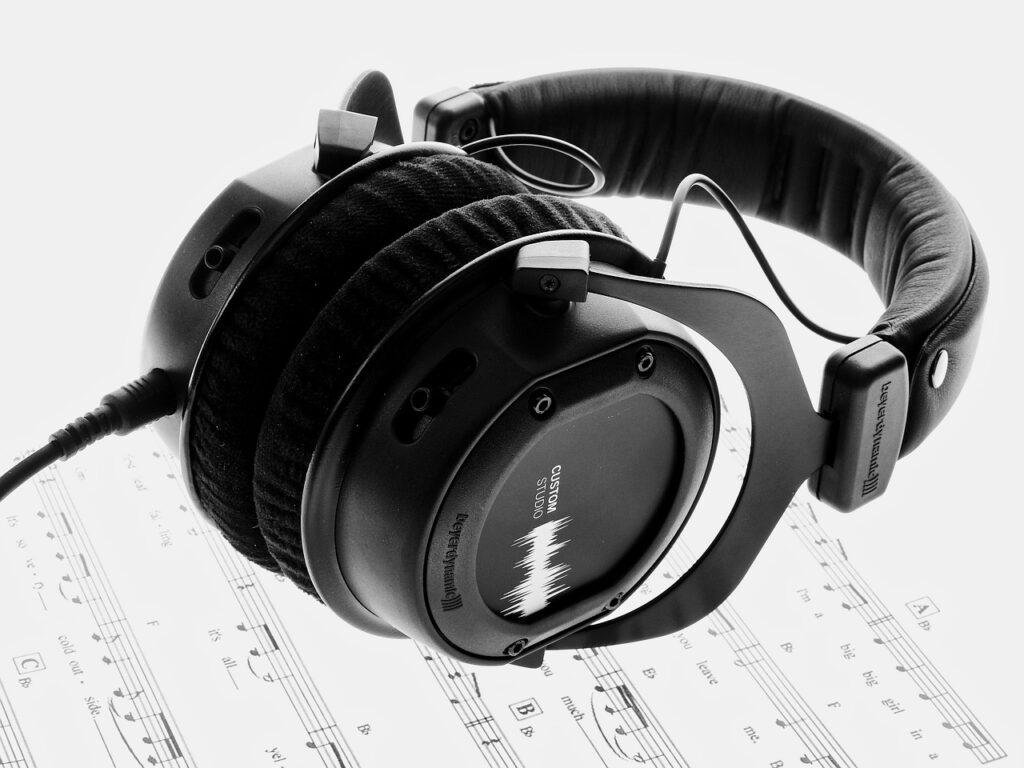Deck the Halls – A Jubilant Christmas Carol
Do you want to sing Deck the Halls? In this post, you’ll get the essentials: 1) a video of Deck the Halls, 2) the full lyrics, and 3) easy-to-read shape note sheet music with a sing along song track. Keep reading “Deck the Halls – A Jubilant Christmas Carol” to learn more. Estimated reading time 2 minutes.
Deck the Halls – A Jubilant Christmas Carol Read More »











